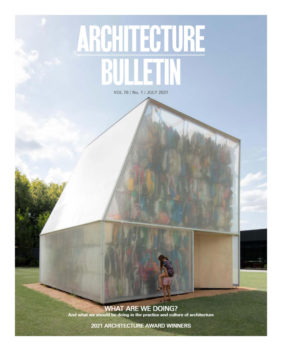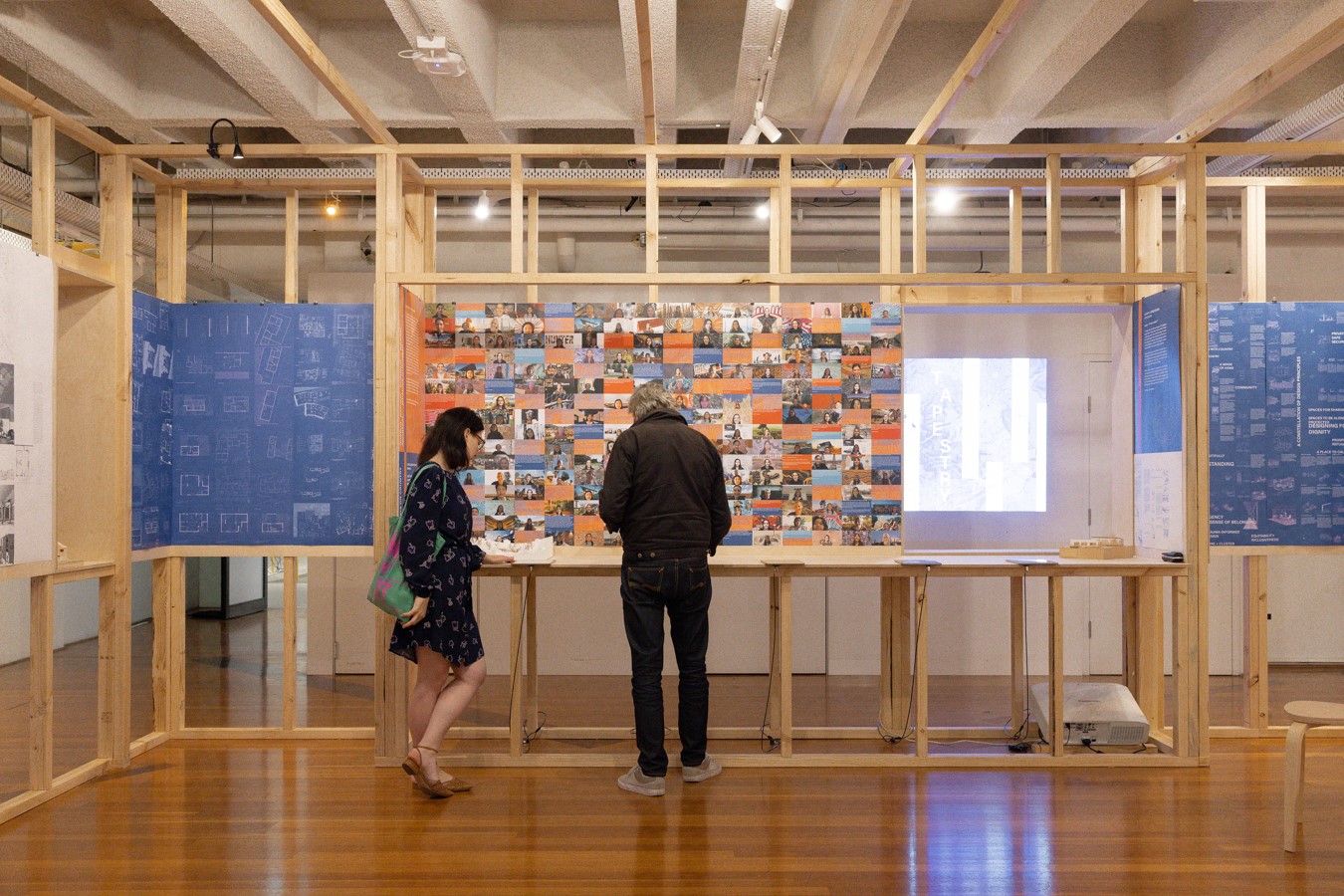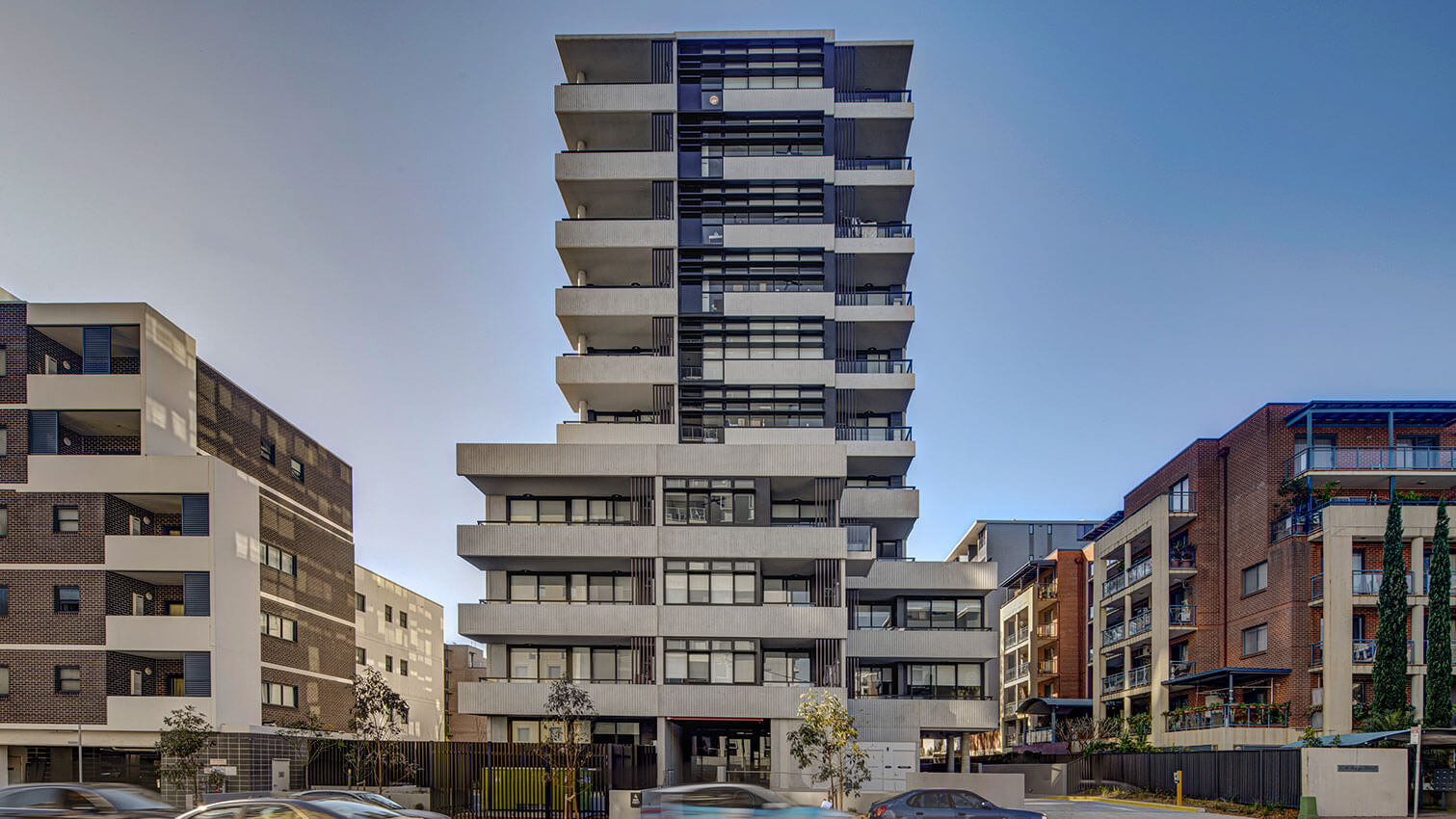Sustainability and heritage
Rena Czaplinska-Archer
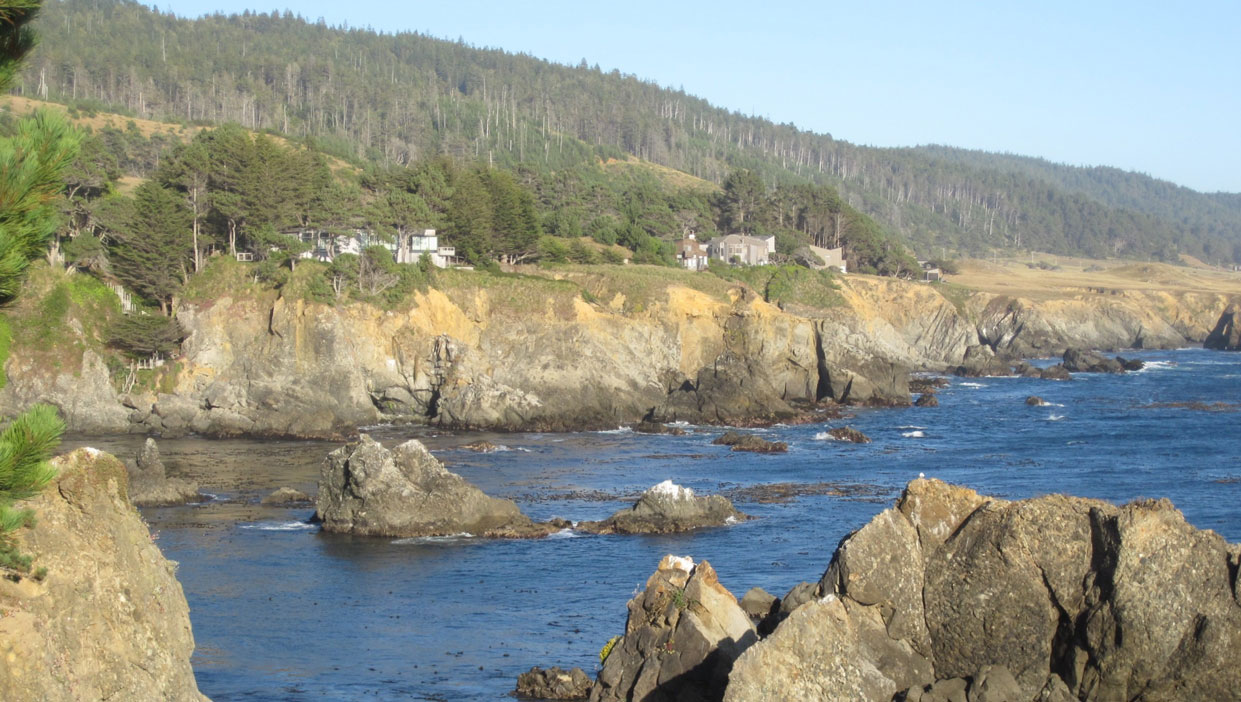
Traditionally there has always been respect for ancestral wisdom and respect for the land. Yet we live in times when new is valued more. Traditional colonial attitudes seem to disconnect us from the land, and its stories. Our architectural education and practice do not recognise that our relationship with the environment is more complex, layered and dynamic. US architect Frank Lloyd Wright was aware of it and encouraged developing feeling and listening skills:
‘Whether people are fully conscious of this or not, they actually derive countenance and sustenance from the ‘atmosphere’ of the things they live in or with. They are rooted in them just like a plant is in the soil in which it is planted’ (Wright, 1954: 121).
Heritage and place
Heritage in Australia is commonly understood as referring to colonial history of the last 200 years with its buildings, objects and places. Indigenous history reaching 40,000 to 80,000 years is theoretically also considered heritage but in practice we don’t know much about it. Years of colonial suppression and neglect have silenced these stories and voices. We don’t know the local stories, the names of rivers, mountains and trees.
Many Australians are immigrants with their own cultural heritage which they cherish and a sense of disconnection from the country of their ancestors which they miss. On becoming Australian everyone has to pledge allegiance to Australia, its culture, language and value system which are traditionally based on colonial attitudes. How do we develop a sense of belonging, caring for the land and the adopted country we call home? How do we feel at home here?
There is rising awareness of the fundamental difference between Indigenous and Western understandings of heritage. For Westerners, artefacts are carefully displayed in museums or heritage- listed sites. When I asked an Indigenous Elder to show me their heritage sacred sites, ‘you are standing on it’ was the answer. For Aboriginal people earth is sacred and demands respect. Everywhere.
The commitment to sustainability and ecological design focuses on nurturing and supporting life, on maintaining an ecological balance so that society’s quality of life does not decrease with each generation. An ecological approach recognises that we are all inter-connected and our wellbeing depends on the wellbeing of the three pillars supporting life on earth: environment, economy and society. When one of the pillars is damaged and suffers the other pillars suffer too, when one dies (ie the environment), the others die. However, when the three pillars are well balanced and equally considered, they create stable, self-maintaining and resilient communities. This is what design for wellbeing is all about. Some examples of such communities built over the last 100 years still exist and are exciting and inspiring places to visit. Both Castlecrag in Sydney and Sea Ranch in California are great examples.
Castlecrag Estate, Sydney
The Castlecrag Estate was developed in the early 1920s on the rugged North Shore peninsula as a progressive suburban community designed in harmony with nature by Walter and Marion Griffin and a group of progressive supporters. Together they formed the Greater Sydney Development Association, becoming developers and designers of Castlecrag Estate to help them avoid difficulties they experienced with their Canberra Plan.
The Castlecrag development was based on idealistic planning and landscape design ideas intending to support the growth of a democratic cooperative and progressive society creating an affordable neighbourhood with a shared community spirit. This resulted in developing a relatively stable self-managing and resilient community which even today, 100 years later, retains a progressive feel, with no fences, with common gardens, an open theatre, communal areas, and the community-based Griffin Society taking care of the neighbourhood.
Integral to the Griffins’ plan was the re-establishment and preservation of the indigenous flora.
The Griffins urged that land be ‘accorded the respect due to a highly developed and perfected living organism not to be exterminated or treated as dead material, or as a mere section of the map’ (Watson, 1998: 100). The project included rehabilitation work and conservation of the natural environment with housing and built features designed in sympathy with the environment following the natural contours, and using locally found materials, form and colours.
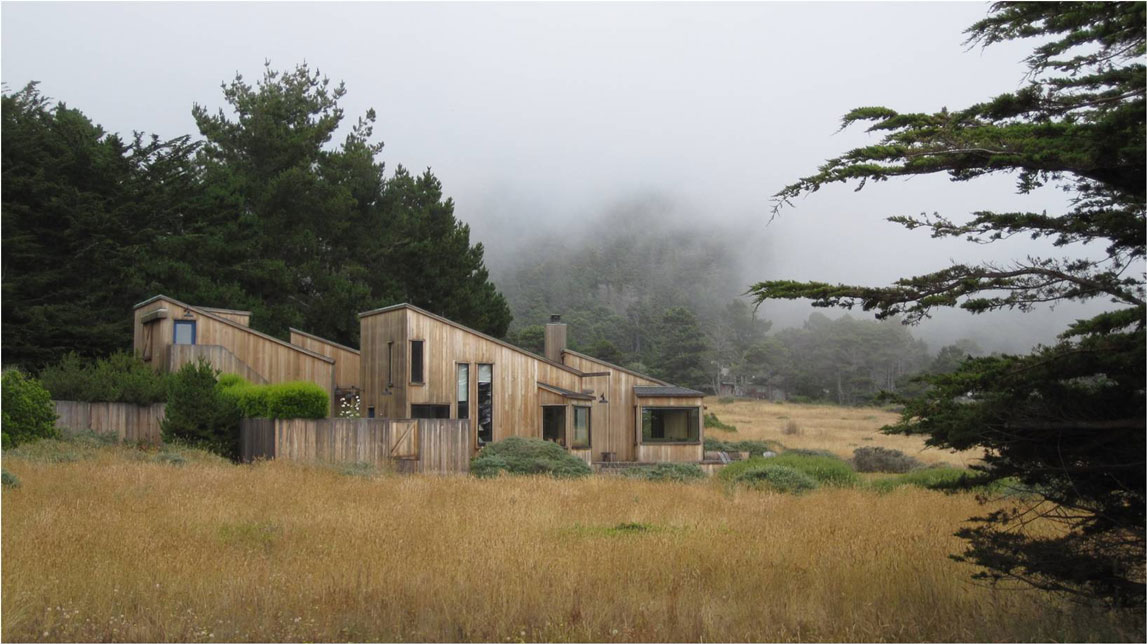
The Sea Ranch, California
Sea Ranch is a famous Northern Californian ecological design icon, established in the early 1960s along a 10-mile strip overlooking the Pacific Ocean in Sonoma County. It was designed by landscape architect Lawrence Halprin in collaboration with a group of progressive Bay Area architects Moore Lyndon Turnbull Whitaker and a visionary developer and architect Al Boeke. It is celebrated as one of the best collections of modernist architecture on the West Coast combined with environmental stewardship and a unique community drawn together by a shared vision and respect for its concept.
Lawrence Halprin advocated an ecological and collaborative design approach to inspire collective creativity and develop an engaged and progressive community, ideas which were inspired by his studies with Gropius at Harvard. Halprin had good support from the developer Al Boeke, a former employee of the architect Richard Neutra, whose ambition was to create an affordable neighbourhood, rich in architectural contemporary design and a strong community spirit based on progressive ideas of new towns.
With his wife, a choreographer, Anna Halprin and dance and architecture students and their teachers, including Charles Moore and others, Halprin developed a series of experiential learning workshops investigating the relationship between the body, movement, arts and environment. They explored the land and its features, from the windswept ragged coast to meadows and forested hills, and the major highway running through it. They were interested in design that was responsive to the history of the land— to the stories of the Indigenous Pomo who occupied this site previously.
The result of months of workshops was the Sea Ranch concept and its unique community covenant protecting the natural environment and committing to ‘live lightly on the land’. The respect for the land was the guiding principle and resulted in a long, narrow development along the coast providing housing for about 5000 people in a way which did not compromise the quality of the environment, leaving 50% of the land as open meadow communal spaces, allowing open views to the ocean and lining small barn-style inspired homes along the hedges and in the wooded hills above. Since then the development has attracted nearly 200 architectural awards for individual houses and a 20th century heritage award for the first condominium block, shaped to mimic the nearby ocean cliffs. The project successfully revived the land after decades of abuse and neglect from overgrazing and erosion creating an iconic modern architecture environment and one of the best examples of well-managed, sustainable communities, a place well worth a visit on the Coast Highway two hours north of San Francisco.
Climate change and the environmental emergency it created have shaped our changing attitudes to building and design. Some of the best examples of ecological design demonstrate that we can meet our needs without destroying our life support system. They offer pathways which integrate environmental, climate, social, heritage and aesthetic values and result in creating resilient neighbourhoods and communities built with respect for the environment and its heritage context.
NOTES
Wright, F.L. (1954) The Natural House, Horizon Press
Watson (1998) Walter and Marion Griffin cited in the Journal of the Wildlife Preservation Society of Australia
Rena Czaplinska‐Archer PhD is an ecological and heritage architect, artist, somatic practitioner, writer and former lecturer in architecture at the University of Sydney. This article is based on a talk presented at Bathurst Regional Art Gallery on 26th February 2020.
This article was written in response to the NSW Chapter Editorial Committee’s call for contributions in a context of crisis, seeking perspectives on What are we doing?
